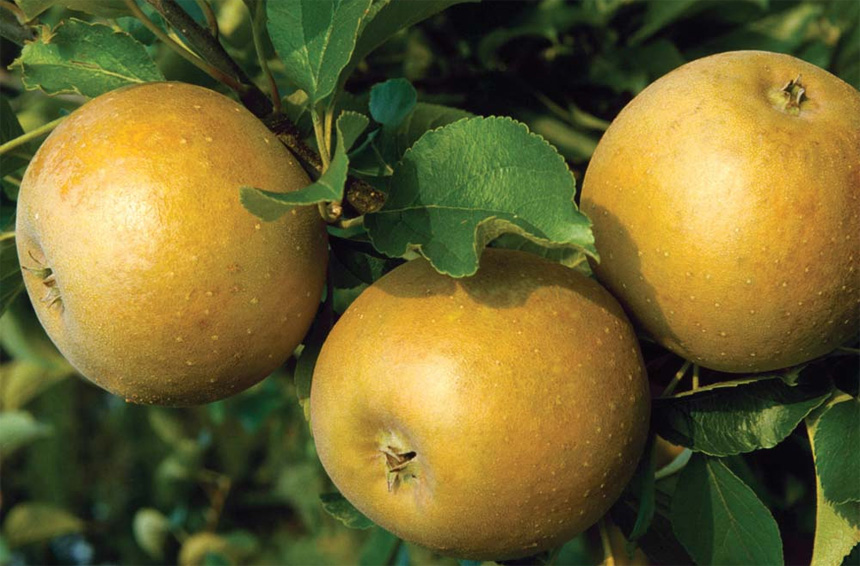
Cool Temperate
.
.
.
.
- Fruit Trees, Bushes & Plants
- Ornamental Trees and Shrubs
- A Fruit Trees
- A Ornamental Shrubs
- A Ornamental Trees
- A Soft Fruit (Plants or Bushes)
- Apple Trees
- Cherry Trees
- Chuckleberry Bushes
- Cider Apple Trees
- Cobnut (Filbert) Bushes
- Currant Bushes (Black)
- Currant Bushes (Red)
- Currant Bushes (White)
- Damson Trees
- English Varieties
- Gage Trees
- Gooseberry Bushes
- Grape Vines
- Heritage Varieties
- Nut Trees
- Pear Trees
- Pear Trees (Perry )
- Plum Trees
- Quince Trees
- Raspberry Canes
- Rhubarb Plants
- Vines
 |
 |
 PAGE Q.R. CODE PAGE Q.R. CODE |
||
 |
||||
 |
||||
 |
||||
|
CONTACT DETAILS Telephone 0115 916 2673 or 07952 019376.
|
| We grow a wide range of Fruit Trees and bushes as well as other trees |
||
| About Cool Temperate
I set up Cool Temperate in 1996 to meet two main needs. Since the early 1980’s I had been growing organic fruit and vegetables commercially on small parcels of rented land around the city of Nottingham, UK. During this time several ideas for horticultural research occurred to me, but I never had enough land or time to follow them through. Anyone trying to supply all year round veg doesn’t have time for much else ! Later I got involved in designing orchards and forest gardens and other permaculture plots. I realised that there wasn’t a good individual nursery where the wide range of plants needed could be bought from, and who could give good organic advice. So I set up Cool Temperate as a bare root nursery to both provide myself with an income during the winter months, leaving me mostly free during the summer for research work, and also to fill this gap in the market. This has enabled me to pursue a few new developments, notably the Own Root Fruit Tree project and the Coppice Orchard. Cool Temperate isn’t just me. There are several keen volunteers involved, the occasional part time paid worker, and now on the new nursery site a small team creating a start-up herbaceous nursery – they need the space and I can market their surpluses. I also work regularly with architects, landscapers, designers and growers needing both horticultural and environmental input. The nursery has created a need for large quantities of organic compost. To meet this end I first devised the “Compost Hedge” which has spread out to become the “Compost Coppice” which will be planted on a large scale when i get a new site. This will produce compost from shredded fast growing plant species, fed sustainably by vigorous perennial nitrogen fixing plants.
|
||
 |
||
THE OWN-ROOT FRUIT TREE PROJECT[funded by the profits of Cool Temperate Plants and Services] This project is based on the unpublished work of Hugh Ermen, formerly of Brogdale Horticultural Experimental Station and now retired and breeding new varieties of fruit trees. Hugh discovered that there are several advantages in growing apples on their own roots [OR], i.e. not grafted onto a rootstock. Those advantages are:
– best fruit set, given adequate pollination. Fruit from OR trees have more seeds, indicating increased fertility.
The only disadvantage of OR trees is that some varieties may be more vigorous than is usually wanted, though the average size of an OR tree is not large. This can be seen when observing self set OR trees grown from seed along roadsides, railway embankments, footpaths etc.. These trees are often quite small, and even when large seldom exceed the height of accompanying hawthorns.
The typical size of spur-type OR tree is similar to a tree on m9, i.e. 2-3 metres tall; non-spur types are typically between M26 and MM106 in vigour; and a few vigorous triploids giving trees between MM106 and MM111. Size of tree is best controlled, if necessary, by early and regular cropping, which diverts the trees energy. With OR trees a number of traditional techniques are used to induce early cropping. Once cropping begins the tree’s energies are channeled into fruit production and growth slows down to a controllable level. The techniques which are usually sufficient to bring about cropping are:
Once cropping has begun a normal feeding and watering regime can begin. The average cropping OR tree can be maintained at a size similar to or smaller than a tree on MM106 rootstock. Unfortunately Hughs O.R. trees at Brogdale have now been destroyed for redevelopment of the site. The ORFT Project is busy propagating OR trees for planting in our trial grounds.. In a year or two we hope to have OR trees for sale when we have filled our immediate needs on site. OR fruit trees may be just as coppice-able as other trees, and may be useful where damage from gales, animals or vandals is likely. Without a graft union trees can be planted deeper, and multi-stem trees with a crotch below ground level will be harder to uproot. Coppice-ability is also the basis of our “Coppice Orchard”. This consists of OR trees planted in rows running north-south. When the canopy of the orchard closes, a north – south row will be coppiced and the land in the row used for light demanding crops, e.g. vegetables on a no-dig system, while the trees regrow. The trees either side of the glade will have higher light levels on their sides and produce more fruit buds. The next year another north – south row is cut but not the immediate neighbours as these will have the extra buds, so the next row for coppicing will be next-door-but-one. In other words this will be Alternate Row Coppicing. This process is repeated every year, creating a series of parallel , sheltered glades. Eventually the rows of trees forming the avenues between the glades will also be coppiced in turn, but by then the ‘glade’ trees will have regrown to form the avenues. As the trees regrow there will be glades at all stages of regrowth until the cycle repeats itself, and niches for plants suited to full light, semi-shade or heavy shade, creating opportunities for different types of land use. The number of years before re-coppicing [and so the length of the coppicing cycle] is one of the many aspects of the project that we will only learn by doing it. The exact timing of coppicing can be adjusted to suit the type of produce that is wanted most. Apart from apples, the main planting sites of the orchard also have OR pears and plums, hazelnuts, and nitrogen fixing trees and shrubs. Instead of just producing fruit the coppice orchard can produce a wide range of crops – small wood, fruit, soft fruit, vegetables, possibly cereals, fungi and the more traditional bees and poultry. Another possible yield might be heat from Jean Pain type heat – heaps using woodchips and other shredded orchard wastes. These heaps slowly compost and can yield heat over 15 months, so that a heap the size of a garage can give enough heat to provide hot water and heating for a small house over two winters. And when the heat stops you are left with a large pile of compost! There is an old Chinese proverb that says ‘fertility follows in the footsteps of the farmer’ which is reworked as the permaculture principle ‘Fertility Follows Attention’. In the coppice orchard there is the potential for producing a great range of our needs in a single system, and productivity should benefit from our attention not being divided between vegetable plot, orchard, woodland, etc. The rotation of crops avoids disease build-ups, and if all residues are returned to the site there should be a build up of fertility. The plan is to include nitrogen fixing and soil conditioning plants, insectary plants to support useful insects, bird and bumble bee nest boxes, small ponds for amphibians and hedgehogs and generally to maximize the natural diversity, and yields, of the site. By using Cool Temperate Plants and Services you are supporting this exciting project. I hope you will agree that it is rich in potential. Thank you for your support – Phil Corbett |
||
